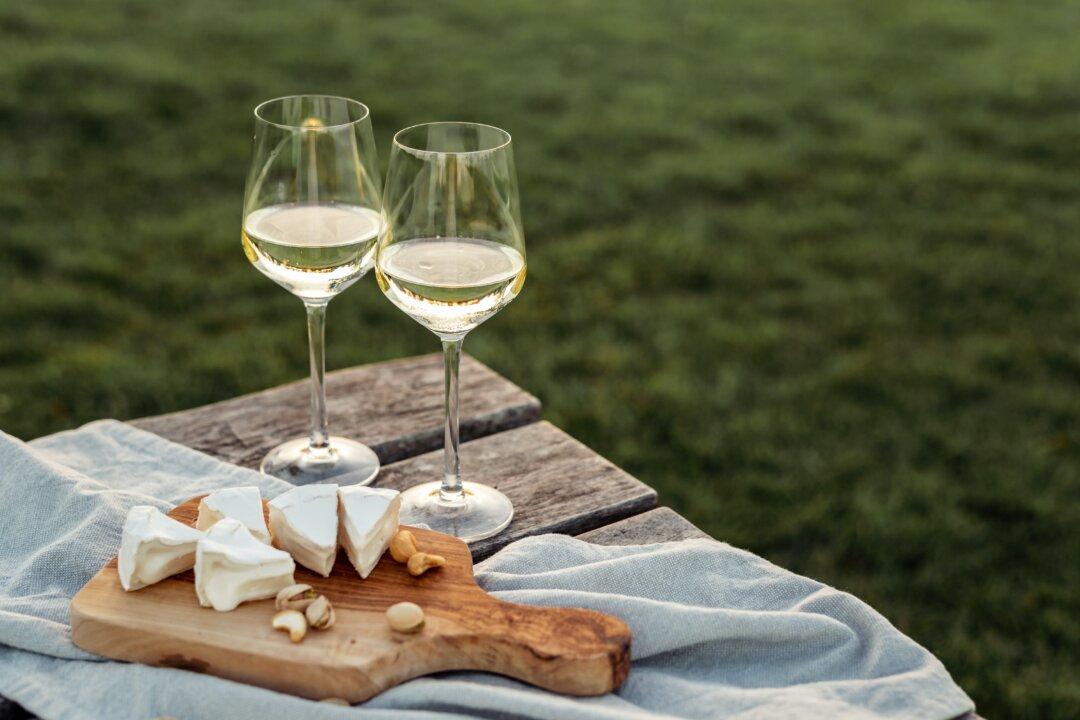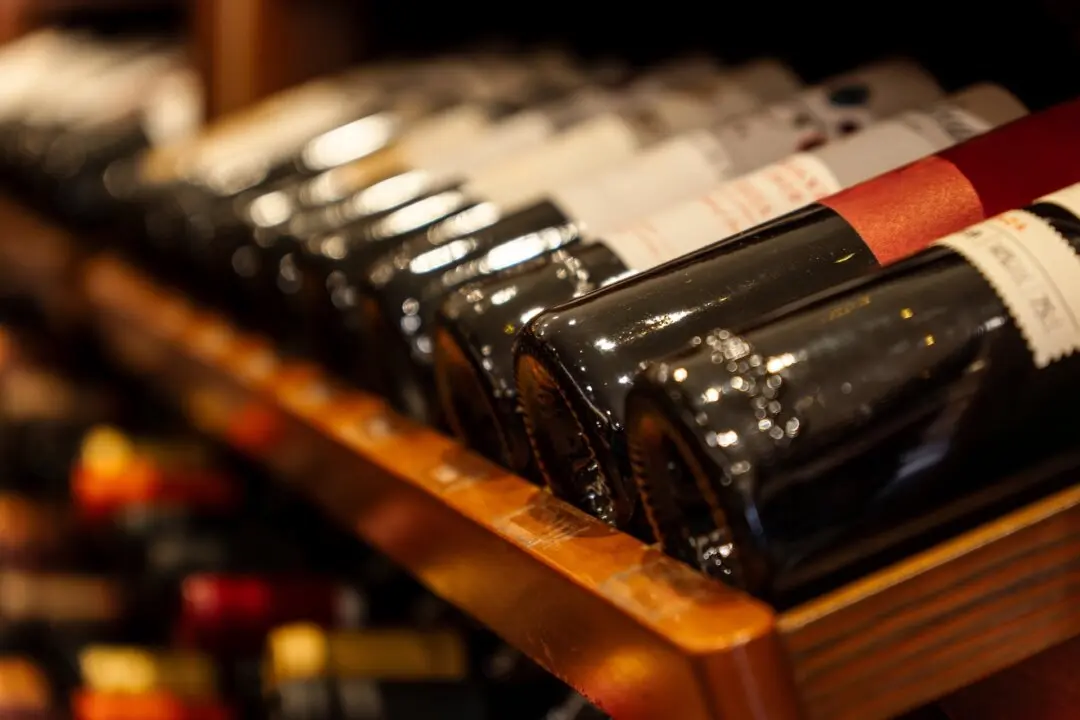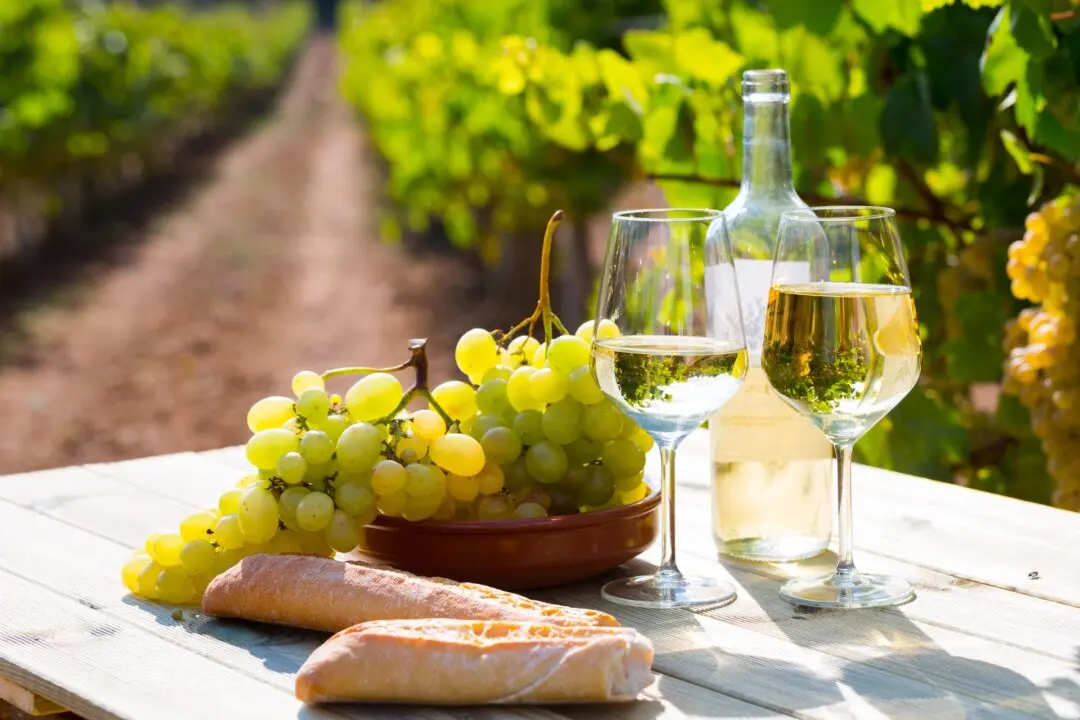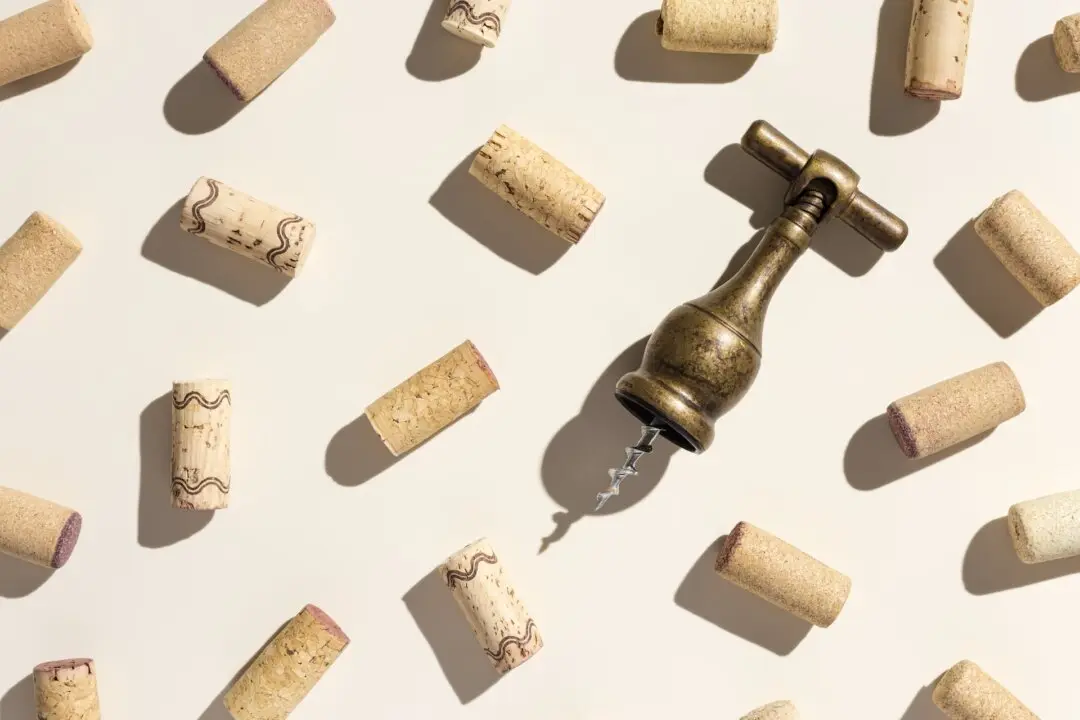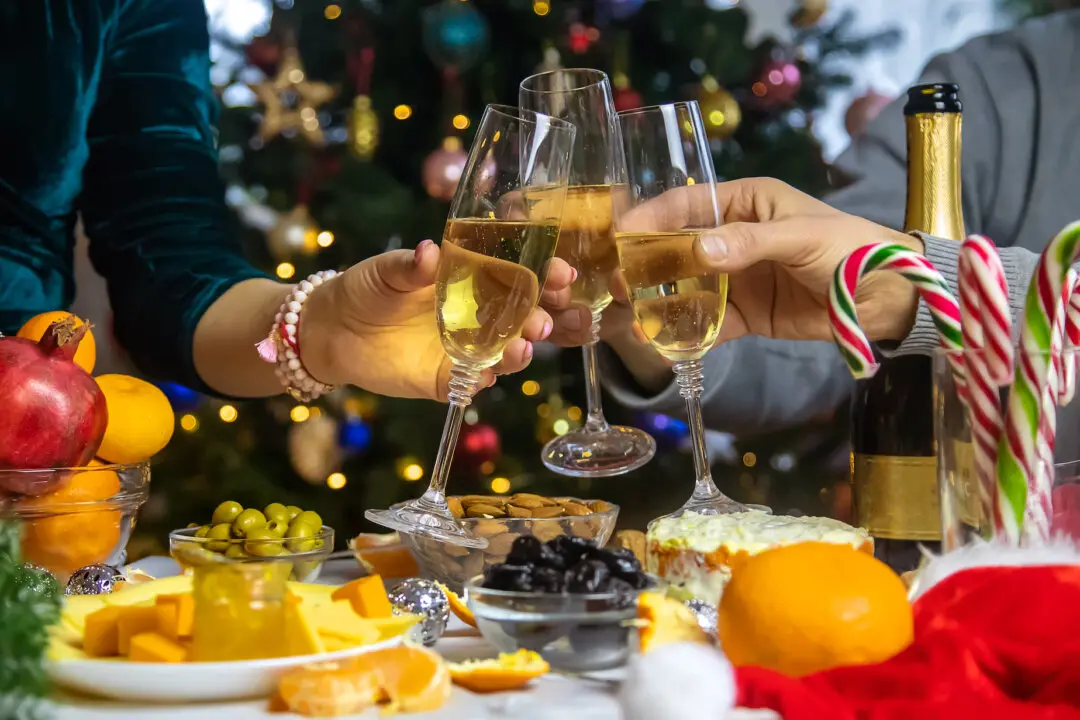Chardonnay continues to be the most popular white wine in the United States, representing roughly one out of every five bottles of white wine sold in this country, and it’s been this popular for decades.
At its best, from some of the top purveyors in California, it can be expensive, cost a lot of money to produce, and take aging in a cool cellar for a decade and be better for it—and it also has become the target of wine collectors who adore the richness and complexity the variety produces.

